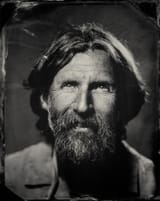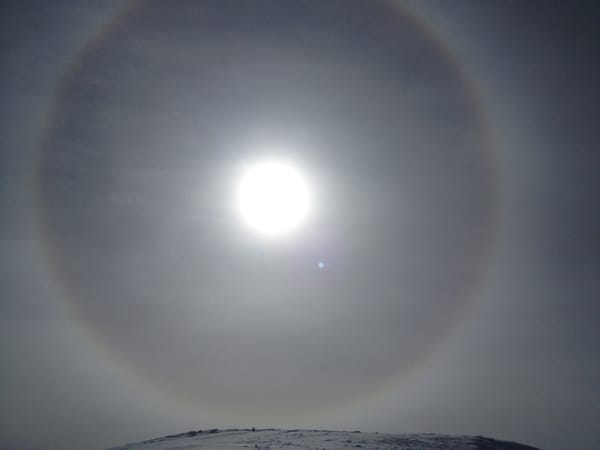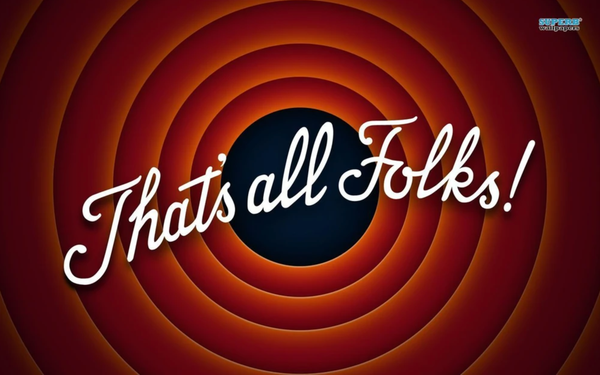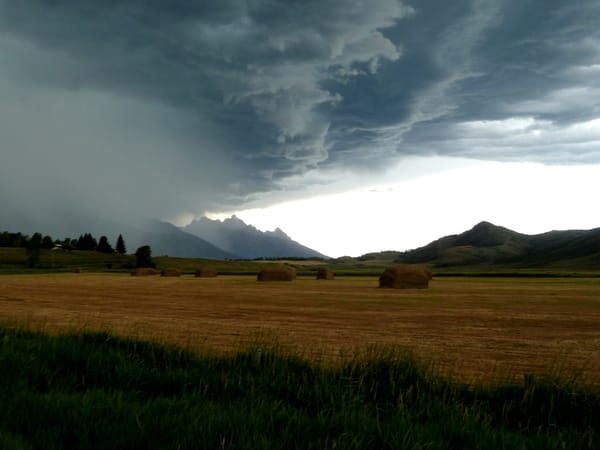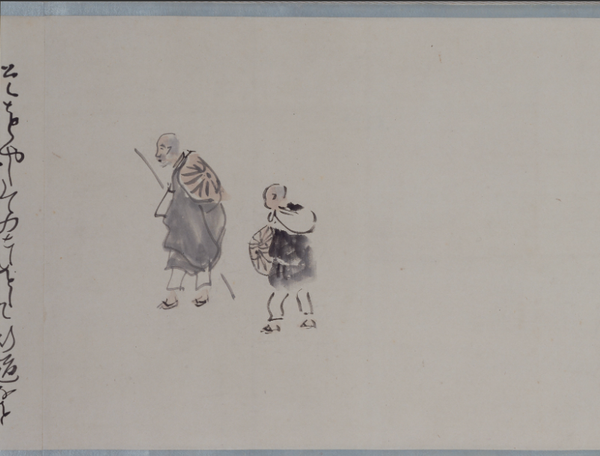Is There Bias in the Forecast, Pt I

~~~~~~~~
One late spring afternoon in the 1990s, the media came banging on Tom Kimbrough’s door.
“There was a big avalanche accident, how could you have called it a MODERATE danger?"
Without hesitation, Kimbrough replied, "Would you go into a bar if there was a Moderate danger you’d end up in a bar fight?"
And this seemed to satisfy (placate?) the media.
This was in the mid-1990s, just before I arrived at the avalanche office, and a bit before the overhaul of the avalanche danger scale and a little more than a decade later, the introduction of the Conceptual Model of Avalanche Hazard.

~~~~~~~~
I don’t think the barfight argument would work anymore. There are just too many other things to consider for avalanche danger in particular and risk in general...
For example:
- With whom would you be fighting at the bar?
- Is it biker bar or the Ex-Wife’s Place* (I’d rather take my chances in the biker bar)
- Are you wearing a bulletproof vest or other protection?
And so on…..

These days, of course, avalanche forecasters rate the danger based upon likelihood (sensitivity and distribution), character, size, and travel advice. If you're having trouble sleeping these days, feel free to dive into an essay I wrote a few years ago, Danger in the Danger Ratings.
But a couple of years ago, I wondered if we were all perceiving and feeling the same thing at the same time. Instinctually (and I choose this word with care), I knew that we were not because we are people and not computers. We (forecasters) are people with inherent and developed biases that we bring to the table…whether we are aware of them or not.
So.
My mind wandered in so many directions and led to so many rich conversations on forecaster bias with many other avalanche professionals across the West. Some of these conversations were not only rich, they were uncomfortable. Some of my bias questions are below:
- Do forecasters coming from a ski patrol background tend to under-forecast storm snow or wind slab avalanche problems? (as patrollers mitigate these issues all day every day)
- Do forecasters coming from a research background tend to over-forecast PWL (persistent weak layer) avalanche problems because of their research into the utter complexity and spatial variability inherent in these avalanche problems?
- Do younger forecasters tend to under-forecast because they don’t want to be seen as green and “crying wolf”?
- Do older forecasters tend to over-forecast because they have been fooled too many times (particularly trusting persistent weak layers?)
- Does one gender tend to compensate one way or the other?
And so on and so forth. You get the gist.

pc: Colby Stetson~~~~~~~~~In the end, I left some of the loftier questions for "tomorrow" and chose to focus cleanly on the avalanche forecast. For this, I had all five of our forecasters sit, albeit separately, in the hot seat. I cherry-picked four mornings where I knew the forecast would be tricky: a complex snowpack with a persistent weak layer and a storm on the doorstep. As on any forecast, one tackles the following:
- Listing the avalanche problems
- Rating the probability
- Rating the size
- Shading an aspect/elevation locator rose where the problem exists
Would all of our forecasts look the same? Where would there be most agreement? Where would there be the most spread?
